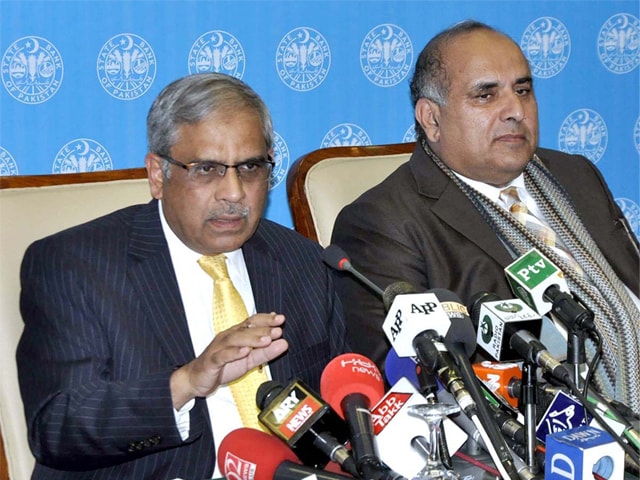Pakistan State Bank (SBP) cut its main interest rate by two% on Thursday. The current average has fallen from 11 to 9%.
The Monetary Policy Committee of the State Bank declared in a statement its decision to cut the policy rate to 9% by another 200 basis points. This drops forward-looking real interest rates (defined as the less expected policy rate of inflation) to about zero, which is about the middle of the range across most developing markets.
The interest rate has been lowered given the country’s coronavirus situation. During one month, the interest rate dropped by 4.25%.
Previously, the SBP declared it would provide 3 percent markup loans to health care facilities to combat coronavirus outbreaks. The SBP has announced that the inflation rate will decline in the coming months while the petroleum product prices will also decline.
Local businesses and exporters have recently been protesting at high borrowing costs, which they said was affecting investment.
In January, the SBP announced that it would keep the interest rate unchanged at 13.25%. The SBP declares a target rate every two months, which serves as the benchmark interest rate for overnight funds in the interbank market. It is one of the tools the central bank uses to ensure price stability in the economy.
Here is the State Bank’s monetary policy official statement:
1. At its last meeting on 24th March 2020, the Monetary Policy Committee (MPC) noted the worsening outlook for global and domestic economic activity in the wake of the Corona pandemic. Given the unfolding situation, the MPC noted that it “remains ready to take whatever further actions become necessary in response to the evolving economic impact of the Coronavirus.”
2. Since the last MPC meeting, the global and domestic outlook has further deteriorated. The world economy is expected to enter into the sharpest downturn since the Great Depression, contracting by as much as 3 percent in 2020, according to projections released this week by the IMF. This is a much deeper recession than the 0.07 percent contraction during the global financial crisis in 2009. Moreover, there are severe risks of a worse outcome. In addition, global oil prices have plummeted further, with futures markets suggesting low prices will persist. Domestically, high-frequency indicators of activity―including retail sales, credit card spending, cement production, export orders, tax collections, and mobility data from Google’s recently introduced Community Mobility Reports―suggest a significant slowdown in most parts of the economy in recent weeks. On the inflation front, both the March CPI out-turn and more recent weekly SPI releases in April also show a marked reduction in inflation momentum.
3. While there is exceptionally high uncertainty about the severity and duration of the Coronavirus shock, the developments discussed above imply further downward revision in the outlook for growth and inflation. The economy is expected to contract by -1.5 percent in FY20 before recovering to around 2 percent growth in FY21. Inflation is expected to be close to the lower end of the previously announced 11-12 percent range this fiscal year, and to fall to 7-9 percent range next fiscal year. While there are some upside risks to headline inflation in case of temporary supply disruptions or food price shocks, these are unlikely to generate strong second-round effects due to the weakness of the economy. Similarly, the inflationary impact of the recent exchange rate depreciation is expected to be contained given low import demand and falling global prices.
4. In light of this reduction in growth and inflation expectations, the MPC decided at its emergency meeting today, to cut the policy rate by a further 200 basis points to 9 percent. This reduces forward-looking real interest rates (defined as the policy rate less expected inflation) to around zero, which is about the middle of the range across most emerging markets. The MPC was of the view that this action would cushion the impact of the Coronavirus shock on growth and employment, including by easing borrowing costs and the debt service burden of households and firms, while also maintaining financial stability. It would also help ensure that economic activity is better placed to recover when the pandemic subsides.
5. The MPC highlighted that this rate cut would complement other measures recently taken by the SBP to support the economy, including concessional financing to companies that do not lay off workers, one-year extension in principal payments, doubling of the period for rescheduling of loans from 90 to 180 days, and concessional financing for hospitals and medical centers incurring expenses to combat the Coronavirus pandemic.



